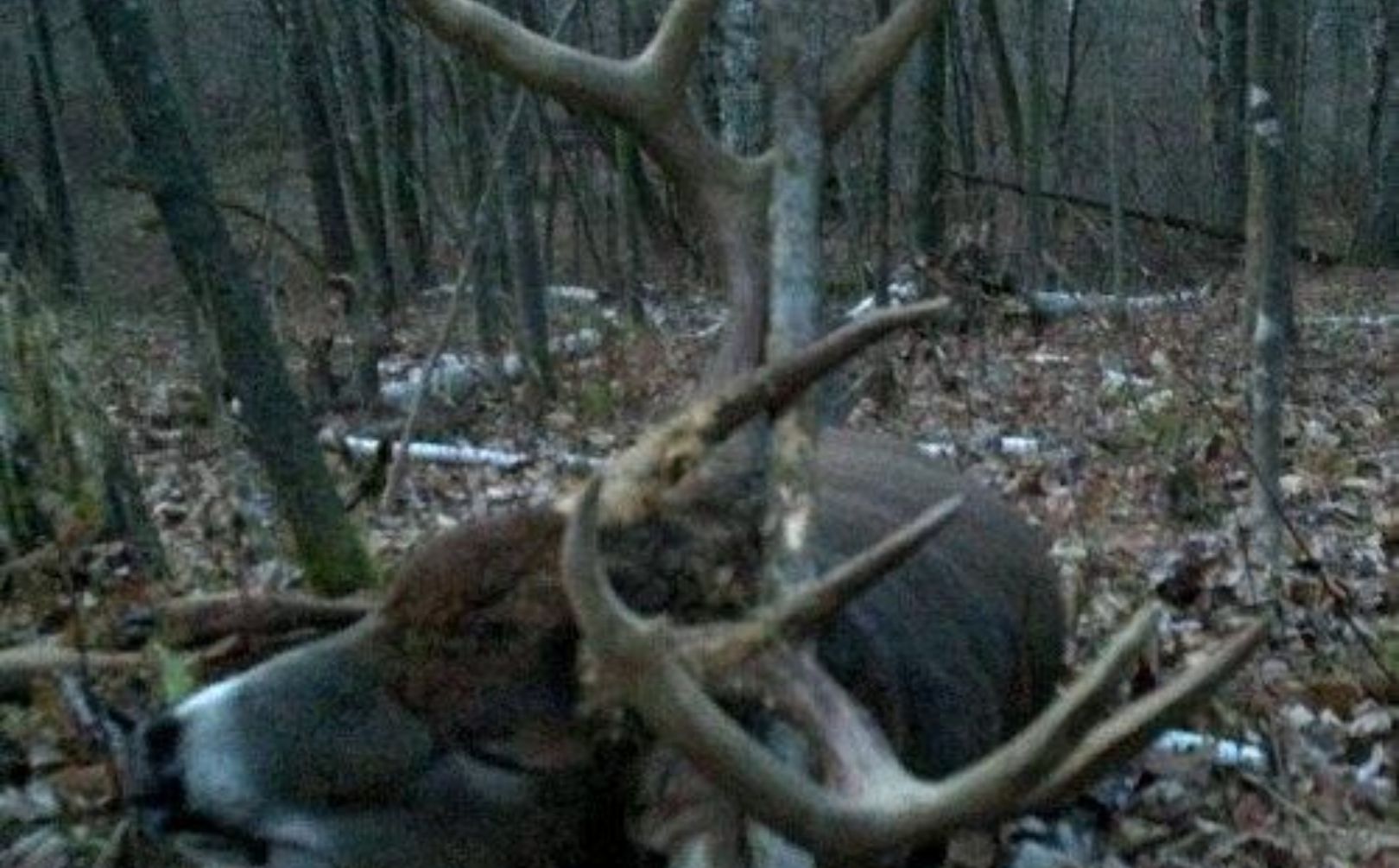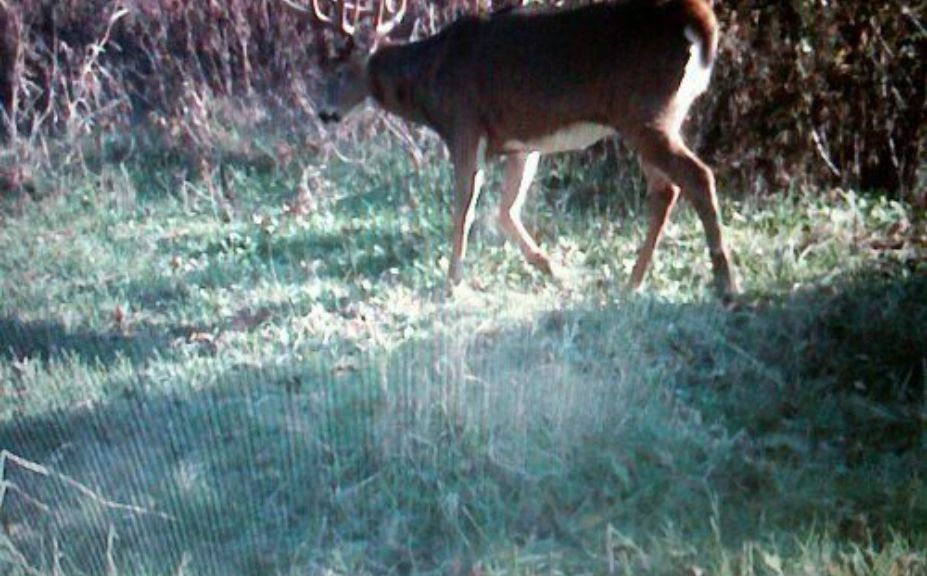
The beauty of getting to hunt a few states, and walk dozens of whitetail parcels over several states each year is that I get to see patterns. Certain patterns of feeding, rutting, traveling, staging and bedding are repeated over and over again no matter what the state, and what the habitat type. One of the most important of these “certainties” is that while doe family groups choose the closest adequate daytime bedding cover to their preferred food source, mature bucks will bed away from…and typically behind doe family groups. So, what does this mean to you, and how you manage your private whitetail paradise?
Or….how you hunt mature bucks within private, and even public land? Well, here are some quick thoughts that someday whenI have time i will eventually convert into an article form…but for now, here you go:
1. No bedding adjacent to the existing food source…and the doe family groups will have to travel greater distance to feed from their daytime hangouts. Seems pretty simple, right? But instead what is a consistent theme is that while guys will concentrate on building bedding areas first within the remote areas of their parcels for bucks…the doe bedding areas are often ignored. When you do not have adequate doe family group bedding adjacent to food sources a few things happen, including that your doe family groups will have to seek bedding further into your parcel, mature bucks are then displaced towards the edge or off of your parcel, your food source usage and patterns of use will be demished due to an increased length of travel needed from bedding, and you will have an extremely hard time potentially protecting young bucks, let alone harvesting a mature buck.

2. You greatly increase the overall stress level on your parcel. Why? Because increased bedding to food travel distances create a substantially increased opportunity of deer/human encounters. Think of it this way…would you rather be attempting to sneak around a few mature bucks within the remote areas of where you hunt while does are packed in around the food sources…or contsantly bumping into large numbers of does family groups that have been scattered across the landscape, while being forced to seek daytime bedding cover in random locations?
3. You can use food sources to locate doe family groups. Even small islands of cover within multi-acre food sources can house doe family groups so the more bedding that you locate adjacent to food sources, the more you dictate exactly where the local doe herd will be. Bedding areas need to be screened from the food source, and well away from your personal travel…but give them adequate bedding conditions adjacent to stable food sources and doe family groups will take them over.
*And i keep saying adequate, because it only has to be just that…ADEQUATE. Right location, right conditions, part of an overall design…work on perfection when the table has been already set for success and you are bored:)
4. Locate the doe family groups…and the mature bucks won’t be far behind. On a side note, they will bed much further away within large wilderness parcels or big woods…and much closer on smaller cover ag regions. When you use food to dictate where doe family groups bed first…you can then easily locate mature bucks…if they are present. Its the same on public land in that find the major food, find the nearest good cover, and then go behind that to find any mature bucks. Also…when the stress level increases due to hunting pressure on both private or public lands, the distance increases for both bucks and does that they will remove themselves from that food source. It is critical that the food source remains unpressured so that the doe family groups can be counted on to follow the script.
5. Think does first, and then bucks. Leave no room for does…you certainly wont have mature bucks. This means shooting mature does on most parcels too…again, while a mature buck will not bed near food sources unless he is forced to as in some of the low cover ag areas, he wont be very far behind IF all of the bedding areas on the parcel aren’t taken over by does. And that typically means shooting a few does to achieve balance, which is all sight specific.
There is nothing better than slipping in on the backside of a mature buck hangout and shooting him in the morning after he returns from feeding, after he travels through or around doe bedding to get to you. But, you have to have doe bedding first, for that to happen.
Hope that makes some sense! Those are some of the thoughts that travel around my head when designing a whitetail parcel…or planning my next stand location no matter what state I may be…its all the same. Locate does first, bucks 2nd, and then go have some fun 😉
By Jeff Sturgis, www.whitetailhabitatsolutions....